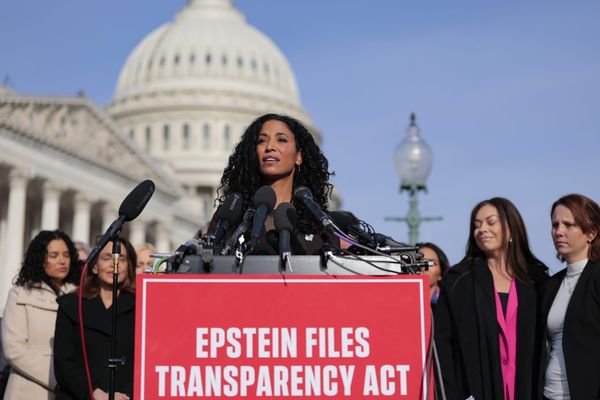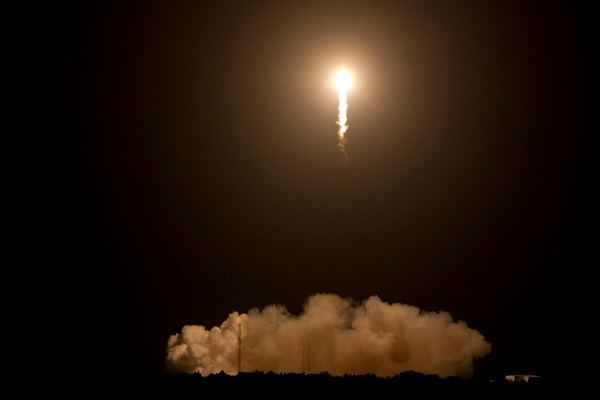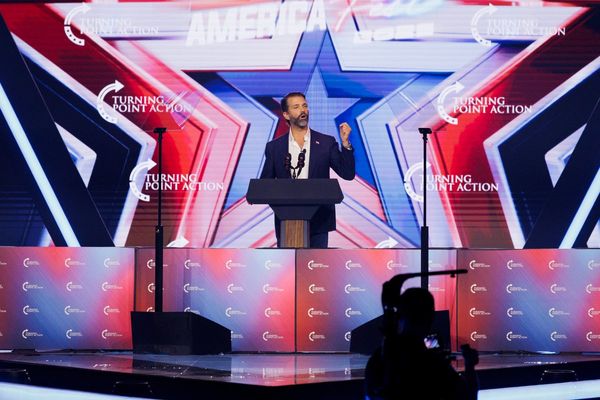
Goa/New Delhi: The Indian unit of Harley-Davidson Inc. will start exporting the Street 750 and Street 500 models to Europe and other parts of Asia as the iconic superbike maker seeks to accelerate sales in markets beyond the US, its home base.
Harley makes the lightweight bikes at two plants—one in Kansas City in the US and another in Gurgaon in Haryana, on the outskirts of New Delhi.
The Kansas City plant meets North American demand. The Milwaukee, US-based bike maker now wants to expand production at the Gurgaon factory to ship the bikes to European and Asian markets.
“That will certainly drive production planning for the plant in India,” Anoop Prakash, managing director of Harley-Davidson India, said in an interview in Goa last week.
He declined to specify prospective production and export numbers.
It was in an earnings call in December that Harley’s then chief executive officer Keith Wandell, replaced this month by Matt Levatich, made a special mention of the Indian unit.
The company has been able to achieve its targets for international sales and its consolidated revenue topped the $6 billion mark in the December quarter for the first time in the post-recession era, said Wandell.
“In the international markets, Street is selling very well. And in India, the Street 750 was recently named Motorcycle of the Year. In 2015, Street will be available in nearly all of our markets worldwide,” he added.
Prakash—a former officer in the US Marine Corps who went on to do an MBA from Harvard Business School and moved to India from the US in 2009 to launch Harley in the country—now has his task cut out.
His unit will be driving Harley’s Street shipments to Asia and Europe, and has a tough battle on hand in expanding sales in India, where it has sold around 8,000 units since 2009, and started manufacturing the bike last year.
In 2014, Harley sold 2,406 units of the sub-Rs.5 lakh Street 750 in India—41% of its domestic sales during the year.
According to Deepesh Rathore, co-founder and director of consulting firm Emerging Markets Automotive Advisors, the majority of Harley’s shipments out of India could go to the Association of Southeast Asian Nations (Asean) and Europe, and he expects the bike maker to be in a position to export as many as 20,000 units per year by 2017.
Asean groups Brunei, Cambodia, Indonesia, Laos, Malaysia, Myanmar, the Philippines, Singapore, Thailand and Vietnam.
“Asean is growing strong. Europe is not growing, but Street is a new model that brings more mass-market appeal, so that makes Europe a high volume market,” said Rathore.
He expects Harley to sell 17,500 units every year in the domestic market by 2019, when the market for bikes of 500cc and above is expected to be 172,000 units.
Eicher Motors Ltd exported 6,221 units of Royal Enfield motorcycles, which come in 350cc and 500cc variants, in the 12 months ended December, up 46% from the previous year. Exports make up just a fraction of the 302,592 bikes it sold in the last calendar year.
Harley introduced the Street 500 and Street 750, its cheapest bikes, targeted at young bikers with an eye on the global market, after interviewing customers in 10 countries.
In the price-sensitive Indian market, the launch of the Street 750, at a price tag that’s less than a third of Harley’s Fat Boy, made eminent sense because it offers an easier ride on the country’s pitted and traffic-snarled roads.
To be sure, the brand has made slow headway in India, where motorcycles sales grew 4.34% to 9.1 million units during April-January. Leisure biking is still a new concept in the country, where the market is dominated by city commuter bikes.
“We have a lot of room to develop this market to mature. I think leisure motorcycling is still in its nascence. We need to develop that,” said Prakash.
Elsewhere in the world, Harley’s fiercely loyal fan club—the one million-strong Harley Owners Group (HOG) ensures ample replacement demand for the company’s bikes and their brand loyalty, spread word of mouth—wins over new converts to the cult.
That clearly is the way forward for the company even in India, according to Anil Sharma, senior analyst at IHS Automotive.
“This is a strategy that they follow globally. It helps in retaining customers, while bringing in new ones through word of mouth. What clearly helped them was the awareness of brand and a managing director who knew exactly what was required,” said Sharma.
Prakash, a second-generation Indian-American who has previously worked with McKinsey and Co., LexisNexis and the US department of housing and urban development, moved to Harley after hearing from a friend of the bike maker’s plans to venture into India.
“For me, it looked like a tremendous opportunity, as my own observation about having worked here and coming back and forth was that it is something which clearly can take off,” he said. “What helped me was having right skills in terms of strategy, government and business development background, but also having grown up around Harley-Davidson and the culture, and also understanding what was happening in India.”
Prakash was shaking hands and hugging friends from among the 2,000-odd Indian owners of Harley bikes who rode to Goa from all over the country to participate in the India Bike Week, the country’s biggest biking event.
Participants included Anushriya Gulati, a 19-year-old journalism student from Dehradun, who grew up hearing biking stories from her maternal uncle and now rides a Harley IL883, and Otis D’Souza, 51, a businessman from Mumbai, who owns a Heritage Softail Classic.
Last year, D’Souza left behind his wallet at a bank ATM. Another Harley owner found it, and saw the HOG card, tracked D’Souza through the dealerships and rode 100km to give it back to him.
“That is the bond that Harley owners share,” said D’Souza.
Prakash is banking on this brand loyalty to expand sales in India, where HOG has more than 6,000 active members. HOG was created in 1983 in the US as a way to build long-lasting relationships with Harley owners around the world by establishing ties between the company, dealers and customers.
Prakash says the platform is not driven by the company. “It is not something that we create. It is something that has been created by the community and the celebration is this community’s celebration. It is about everybody enjoying what they have done to build five years of pride and freedom together,” he said.







